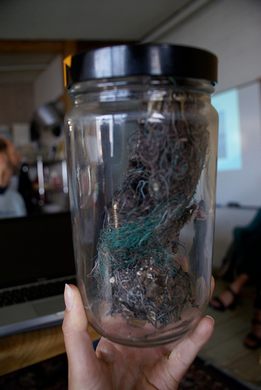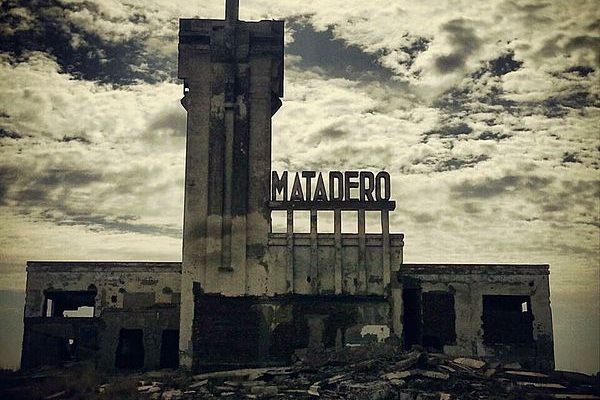Great Pacific Garbage Patch
Island of trash twice the size of Texas floats in the Pacific.
The Great Pacific Garbage Patch may qualify as the largest garbage dump in the world, with 3.5 million tons of trash – 90% of which is plastic debris – swirling around between Hawaii and California.
The Great Pacific Garbage Patch, also known as the Pacific Trash Vortex or Eastern Garbage Patch, consists of waste such as toilet seats, camera cases, and oil drums, floating in the middle of the Pacific ocean. The trash accumulates from all over the world and as it moves into the ocean, it becomes trapped at the center of a system of rotating ocean currents known as the North Pacific Gyre.
Twice the size of Texas – though some scientists have argued that its mass has extended to twice the size of the United States – a majority of the garbage is comprised of tiny bits of plastic, barely visible to the human eye. Due to the small size of much of the garbage and its location floating 10 feet beneath the ocean’s surface, the garbage patch does not show up in satellite images.
More than 200 billion pounds of plastic are created every year and at least 10% of it ends up in the ocean. Land-based plastic comprises 80% of the garbage patch and from the west coast of North America, it takes roughly five years for the plastic debris to travel in the ocean and get caught in the gyre, and about one year from the east coast of Asia.
As it travels, the non-biodegradable plastic continues to disintegrate into tinier and tinier pieces, even down to the molecular level. The smaller the plastic breaks down, the higher chance it has of being ingested by aquatic organisms. Much of the larger plastic is covered in barnacles, making the area a popular destination for scientists studying the impact of plastic on the ecosystem.
Scientists had suspected the existence of the plastic patch since 1988, but it wasn’t confirmed until Charles J. Moore, a California-based sea researcher, stumbled upon the area in 1997 on his way home from a sailing race. Moore, who once described the area as plastic soup, released a study in 1999 indicating that the area contained six times more plastic than plankton. Recently, some samples have shown 48 parts plastic for every 1 plankton, meaning the levels of plastic concentration may have increased fivefold in just over a decade.
Know Before You Go
From San Francisco, California, float 1,000 miles west, area is between California and Hawaii
The Atlas Obscura Podcast is Back!





















Follow us on Twitter to get the latest on the world's hidden wonders.
Like us on Facebook to get the latest on the world's hidden wonders.
Follow us on Twitter Like us on Facebook